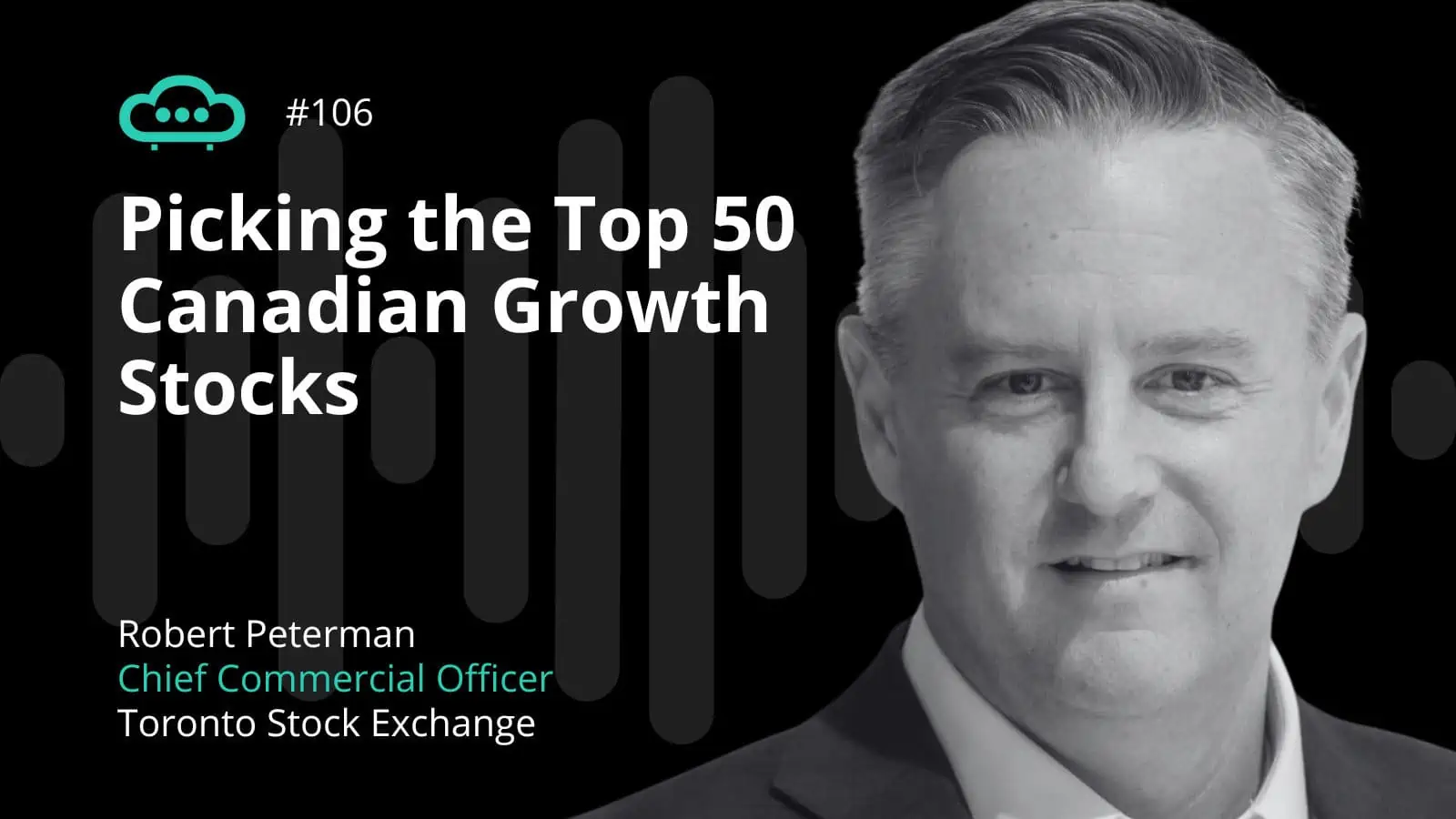For better or worse, social media is here to stay —a reality that SoFi Technologies, Inc. (Nasdaq: SOFI) is literally taking to the bank. And with SOFI currently trading well below its 52-week high, investors have the potential to bank significant gains of their own if the fintech’s business plans become a reality.
Founded in 2011 by four students at the Stanford Graduate School of Business, SoFi grew out of the group’s desire to provide students with a more affordable lending option, getting its start as a pilot program at the university with alumni backing for its initial round of loans.
Since then, its activities have expanded to include auto loans, personal loans, credit cards and even money management accounts, among other services, all of which it overlays with a practice of giving customers daily advice from financial advisors through its app to help them achieve financial independence. SoFi is also pursuing status as a bank holding company and is looking to land a charter by acquiring Golden Pacific Bank, a California-based regional bank.
Is the SoFi approach working with consumers?
This one-stop shop approach has proven popular with consumers, particularly younger generations, and comes at a time when the COVID-19 pandemic is only enhancing people’s acceptance of mobile and online banking. Other benefits of the platform include the fact that its partnerships with multiple banks allows it to provide customers with higher interest rates than they would otherwise get from traditional savings accounts, as well as its ability to insure individual customer accounts for losses of up to $1 million, four times above the standard $250,000 FDIC insurance coverage provided by typical banks. And if SoFi’s acquisition of Golden Pacific Bank is successful, the bank will be able to offer both deposit accounts, as well as even more competitive rates by eliminating its need to pay third-party licensing fees.
All this has helped the company, which went public through a special purpose acquisition company (SPAC) merger with venture investment firm Social Capital back in June, generate major investor interest and reaching a market cap in excess of $12 billion. And the support of Social Capital certainly hasn’t hurt, with that firm being headed by former Facebook executive (now Meta Platforms, Inc. -Nasdaq: FB) Chamath Palihapitiya.
“I tried really hard to find something I don’t like about this company, I really did,” said Nick Burgess, founder and head of research for www.makingamillenialmillionaire.com, who believes the stock is a good long-term investment. “This company is incredibly well positioned to continue its rapid ascent in the next few years, and the 2024 profitability target is the icing on the cake. We all know how annoying it is to change banks, and SoFi is making themselves even stickier with their massive suite of products and services that make their value proposition too hard to ignore.”
One of the biggest benefits Burgess points to in SoFi’s business model is its ability to cross-sell its ever-expanding array of products and services. With the company having acquired payment processor Galileo Technologies in 2020, whose system includes a built-in checking account infrastructure, SoFi is likely to attract customers away from traditional banks who are looking for greater diversity in addition to traditional banking services.
The fintech also offers access to cryptocurrency trading through its SoFi Invest brokerage; an ETF that provides customers with the ability to invest in IPOs and even payment cards that include cash-back rewards that can be enhanced by using them in other SoFi offerings.
So why has the stock price been falling?
In recent days the support of high-profile backers such as Palihapitiya has proven to be a double-edged sword for SoFi. Despite a strong third quarter earnings report, news that Social Capital planned to unload 15% of its stake in SoFi, along with news of a 50 million share secondary offering by several other institutional investors invested in the stock, sent the company’s stock tumbling.Following completion of its SPAC merger, SoFi’s shares opened at $21.97 in its first day of trading on Nasdaq on June 1st, closing that day at $22.65. After climbing as high as $24.46 on June 9, by the end of the month the stock slid below $20 per share and traded in the mid-teen range until mid-October. On November 17, the day before news of Social Capital’s plans to scale back its stake in SoFi, the company’s stock closed at $21.12. Since then, however, it has continued to trend down, closing its most recent day of trading on December 14 at $14.48.
What do we think?
Though SoFi faces massive competition, with competitors ranging from several of the banking industry’s largest players who have been aggressively expanding their own offerings to fend off fintech to payment giants such as PayPal and Venmo, analysts remain fairly bullish on the company’s long-term prospects.
For investors looking for a promising long-term play, SoFi’s current price makes it an attractive investment opportunity – particularly given the reality that even though Social Capital and others have cashed out a bit on their investments in the company, they remain significant investors. And in the case of Social Capital, Palihapitiya noted that the firm’s sale of its SoFi shares was made in order to finance other investments.












